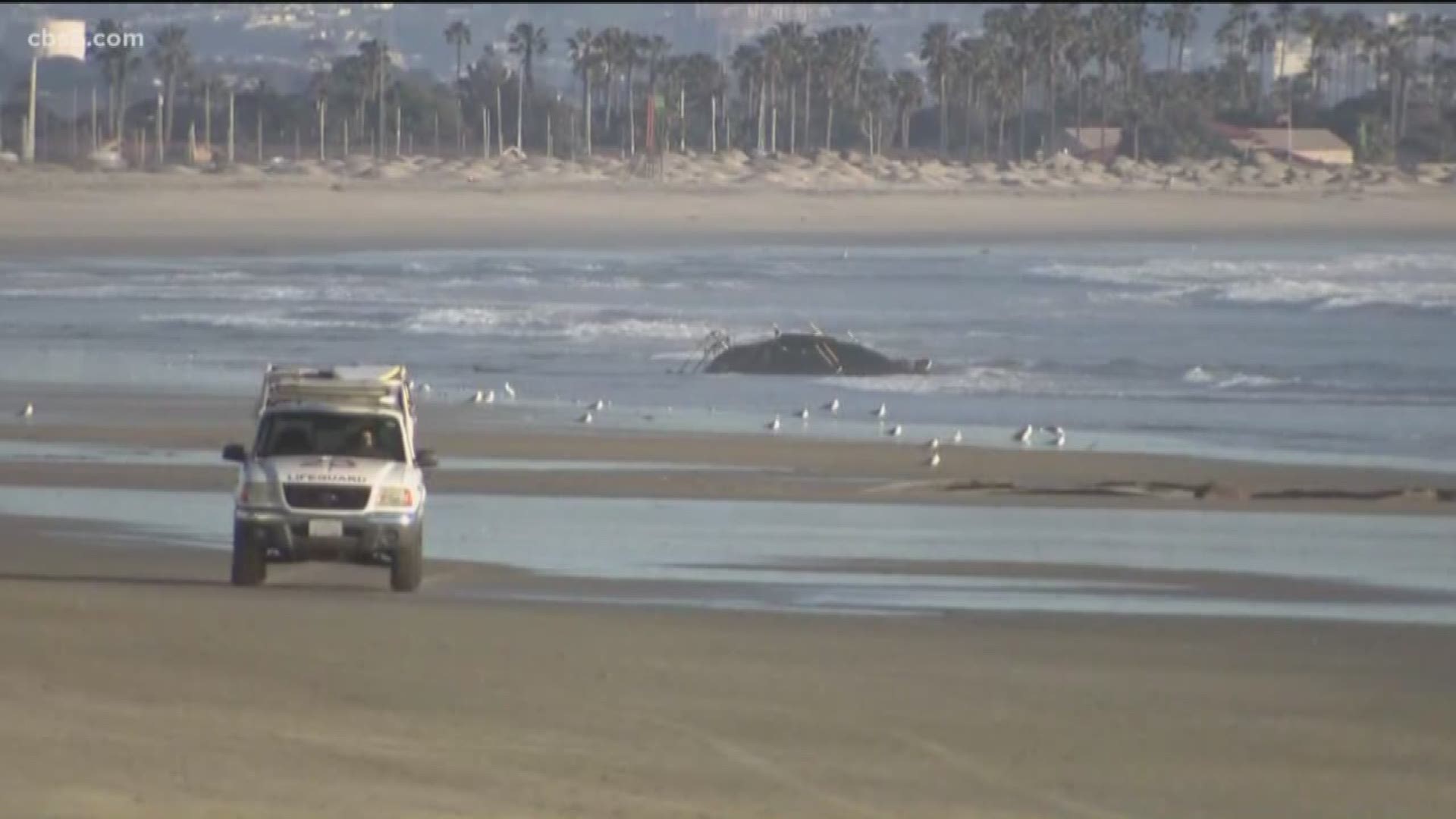In an effort to solve a longstanding issue of toxic sewage and waste into the Tijuana River and Pacific Ocean, on Wednesday multiple mayors and leaders from across San Diego county met with federal agencies in Coronado.
“This is a real environmental and public health crisis that is happening in our water, we’ve had decades of talk, we are now at the point of action,” said Port of San Diego Commissioner Dan Malcolm.
Local officials learned of strategies for the cross-border contamination issue from the Environmental Protection Agency and the International Boundary and Water Commission.
Coronado Mayor Richard Bailey said his biggest takeaway from the meeting was actionable information and projects to benefit the community.
“I would like to extend an invitation to all of the leaders in our region to come together, take the information we heard today and develop a cross border environmental master plan and effectively lobby for funding,” Bailey said.
From inside the EPA meeting Kenia Zamarripa, San Diego Regional Chamber of Commerce Director of International Business Affairs, tweeted: “Public-Private Partnerships will be key in implementing infrastructure to reduce transboundary flows. The next step is to evaluate top alternatives to determine a x-border plan of action that stakeholders on both sides of the border can advocate for and advance together.”
Malcolm said just this year alone, 427 million gallons of sewage hit our waters causing Imperial Beach to be closed for 48 days and the Tijuana sloughs to be closed all year.
“We need to work a little harder and get more done, Do the things that will reduce polluted water from coming across the border and making our kids in Coronado and I.B. and San Diego sick,” said Mayor of Imperial Beach Serge Dedina.
The Port of San Diego did a chemical component test and found more than just sewage in county waters.
“We’re talking about DDT, PCB’s, arsenic, lead, herbicides, bacteria, horrible things in the water in addition to just sewage,” Malcolm said.
Chula Vista Mayor Mary Salas says she will not stop the clamor until the work is done in ending a problem plaguing the South Bay for years.
“As someone who grew up here and enjoyed those beaches, I hate to tell you but in the 50s and the 60s, there was no fear of entering the water,” Salas said.
The meeting with federal agencies offered evaluation alternatives including replacing aging infrastructure and hiring more personnel.
“For the first time we have real projects and there’s dollars attached to those projects, and now we have to fight to get those dollars, this is the year where we have to get this done,” said San Diego Mayor Kevin Faulconer, who will be in Mexico with Dedina later this week to meet with Mexican officials regarding the sewage leaks.

